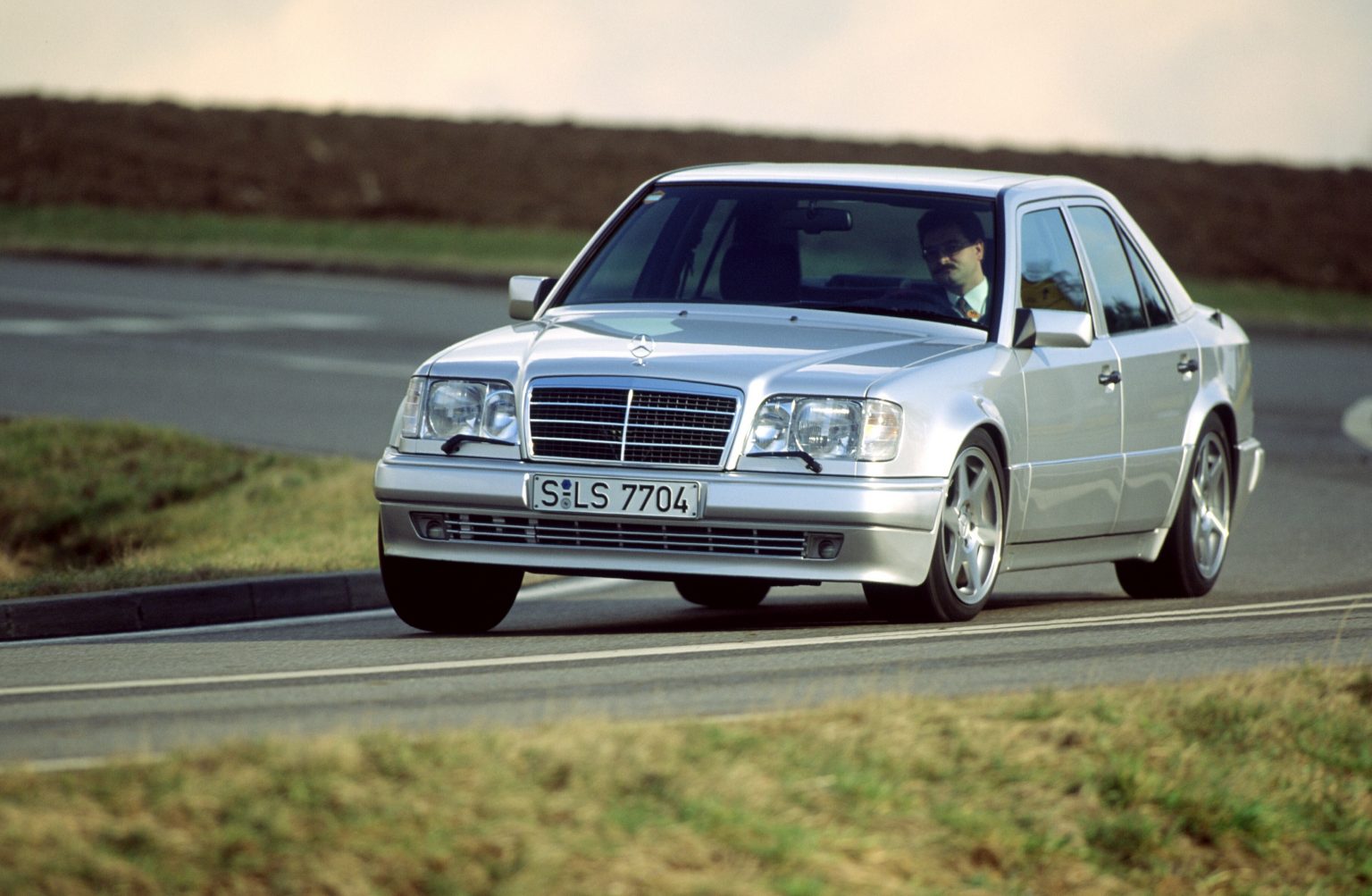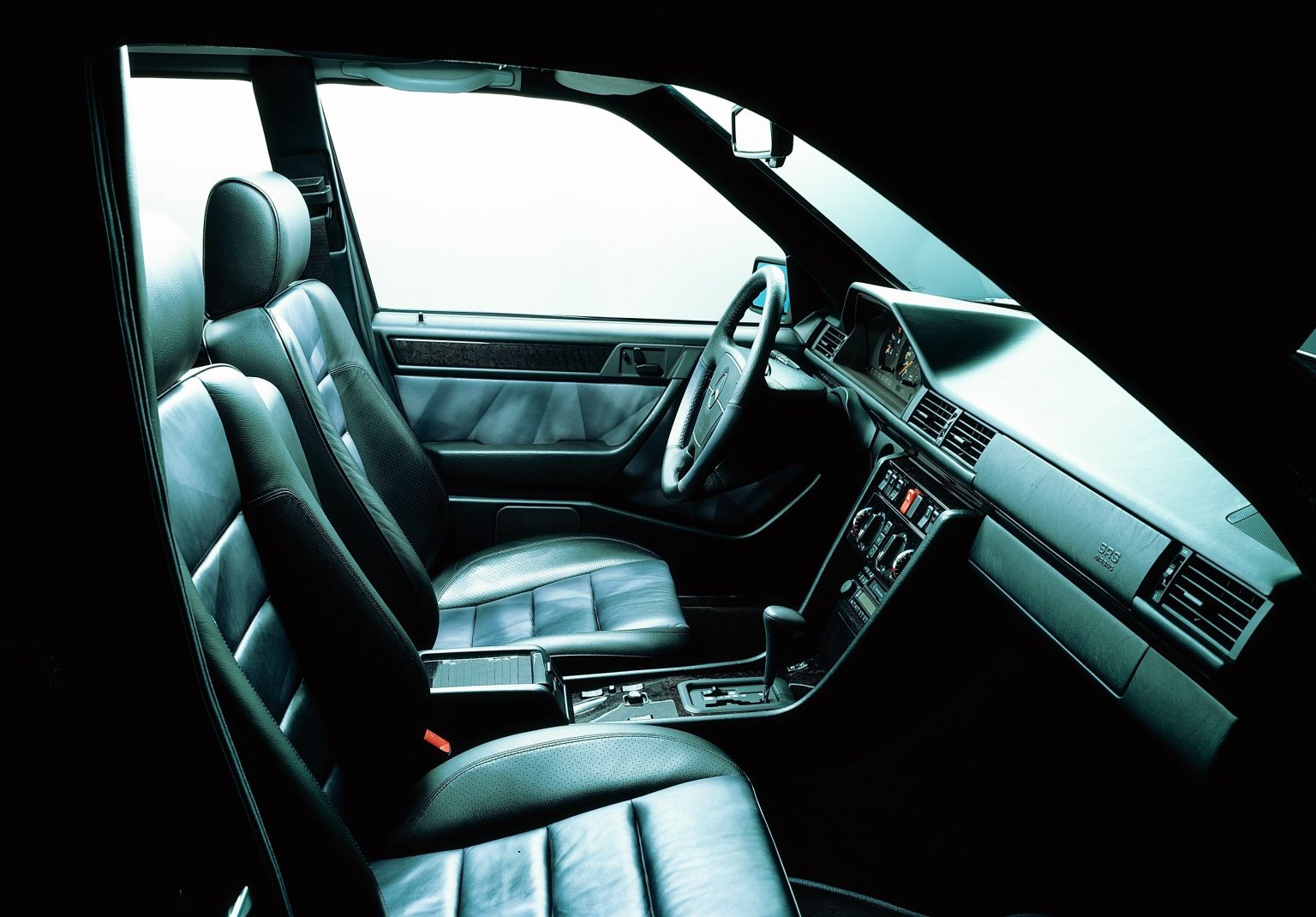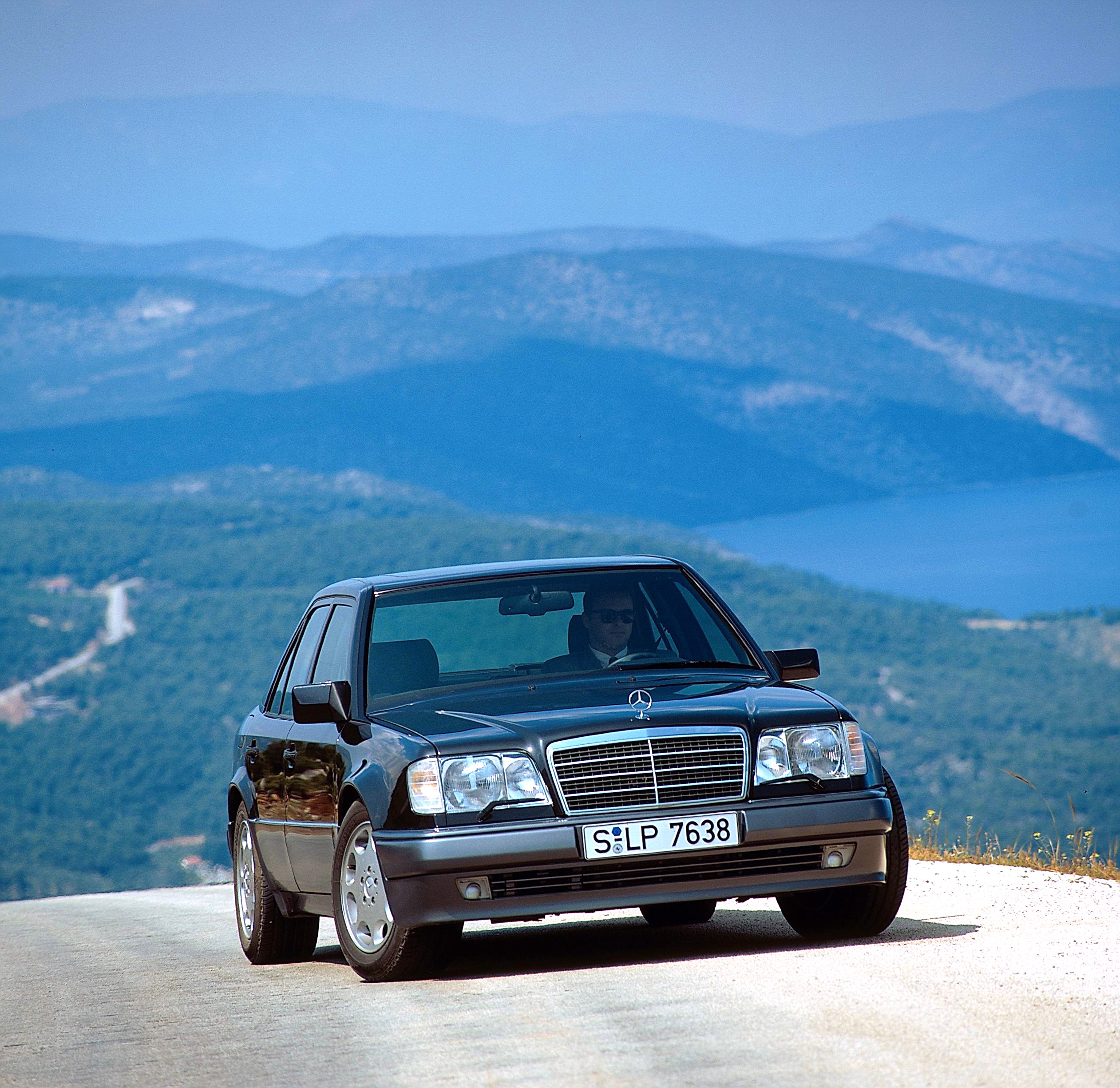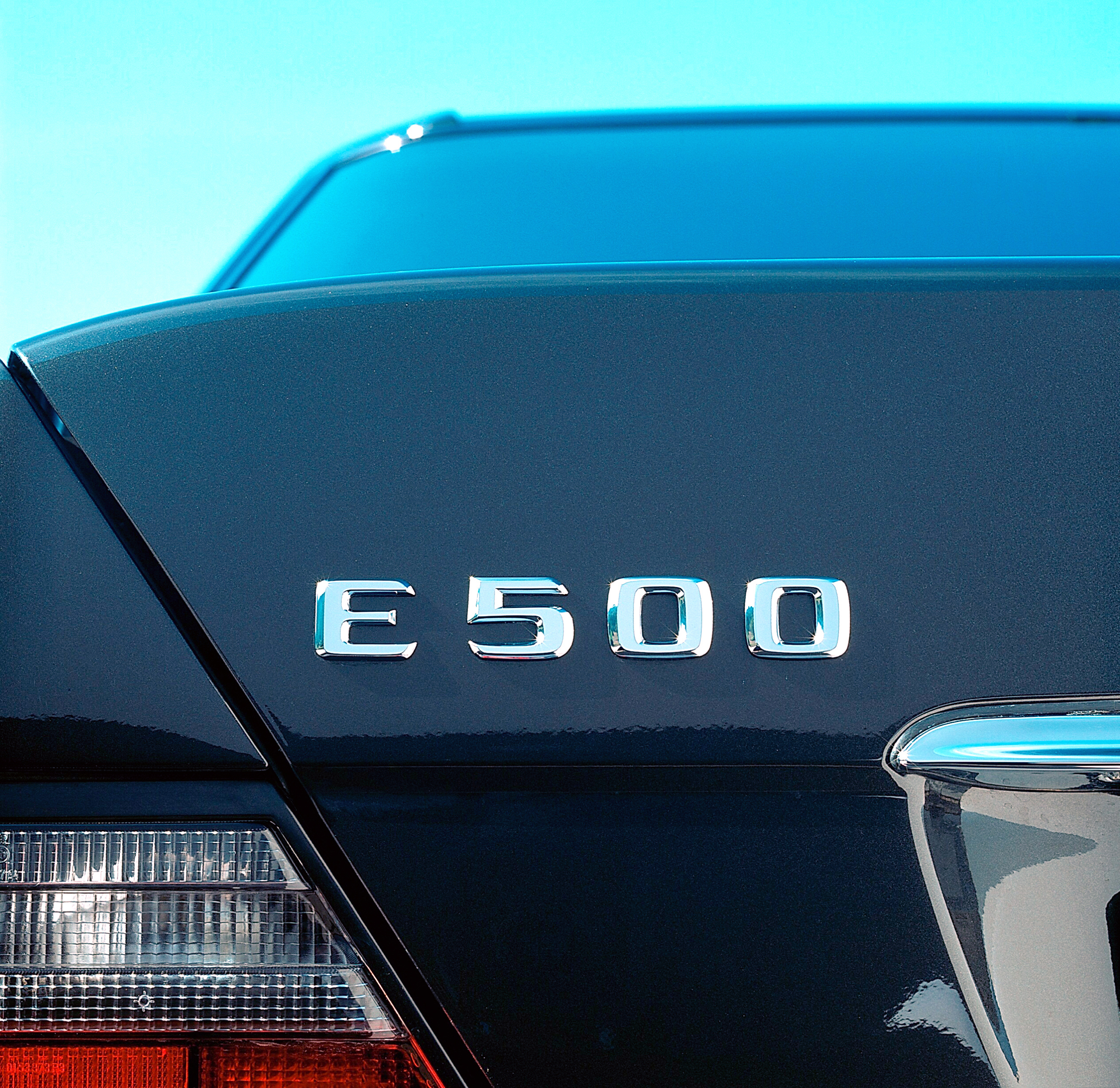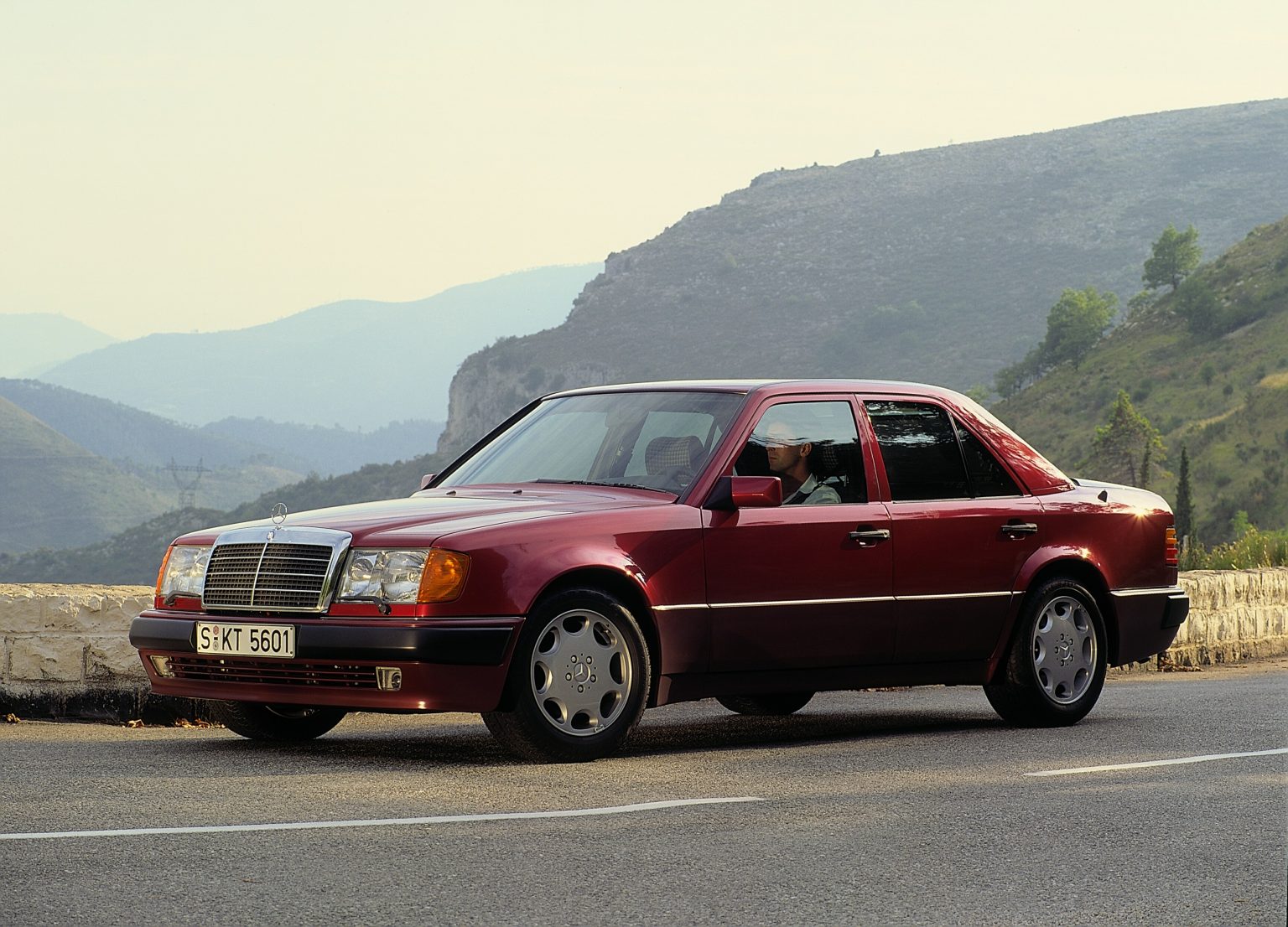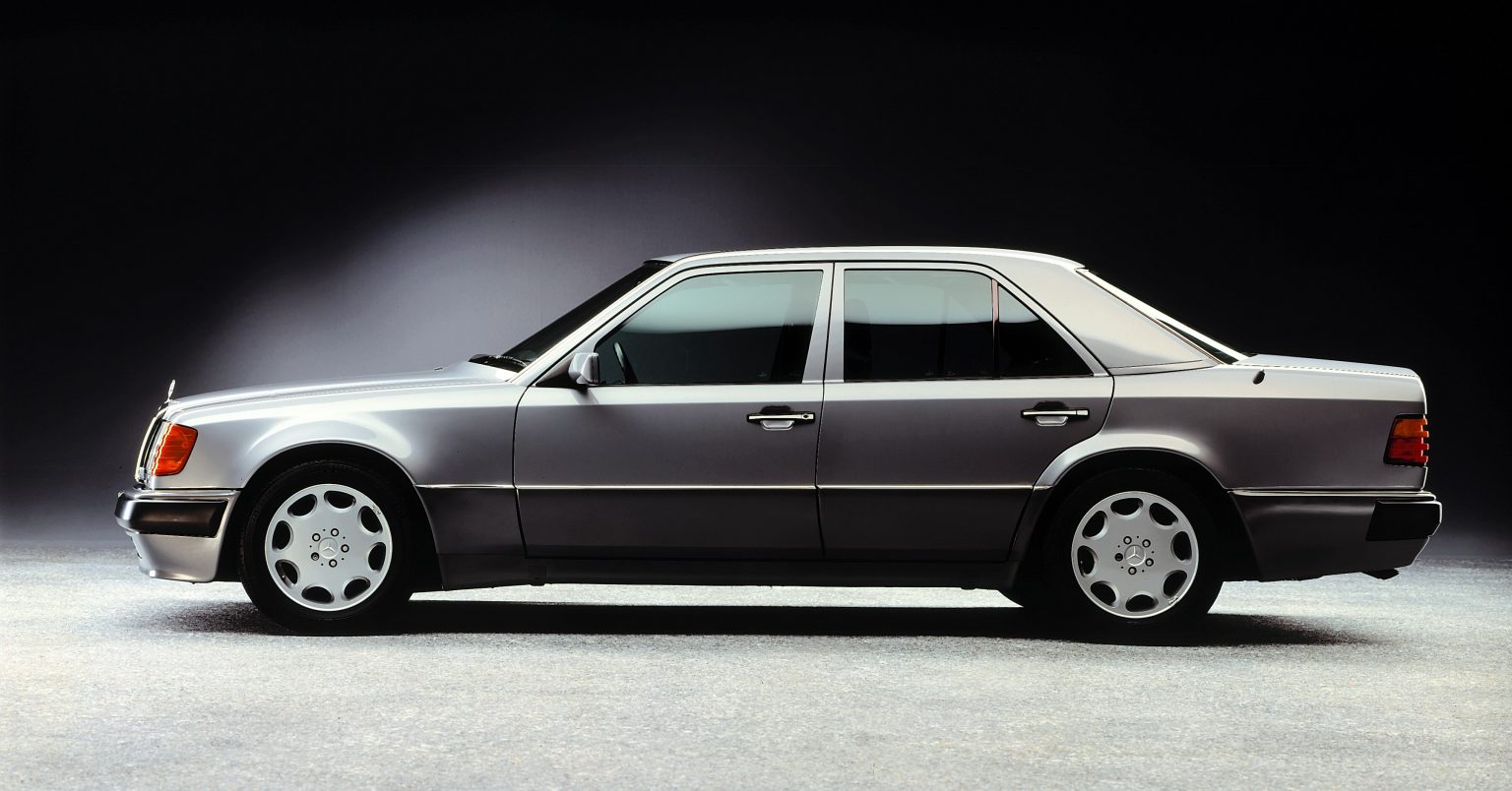
When Mercedes Met Porsche, The Mercedes-Benz 500 E
Over thirty years ago, Mercedes met Porsche to develop and produce the Mercedes-Benz 500 E. In 1990, Mercedes launched the 500 E at the Paris Motor Show. This was to be the top of the range of the 124 series.
Out of all the high performance saloons produced by the Stuttgart based manufacturer, the 500 E stands out something special. Eight cylinders in V configuration, 5 litres, with 240 kW, or 326 hp. The top speed is a mystery, but officially limited to 250 km/h or 155 mph. This was one of the fastest sports cars available at the time.
One of the cars greatest features was the discrete nature of the outward appearance. It isn’t obvious as to what you are looking at. Of course, to an enthusiast it’s easy, but to most it was just another upper mid-sized Mercedes saloon. This appealed to the buyers who didn’t want to make the statement that some high performance cars do. Those enthusiasts however would notice the flared arches on the wings, making space for the 225/55 tyres on their 16 inch rims. The car was lower too at 23mm less than a regular W124.
This discrete appearance meant that when the Mercedes-Benz 500 E was presented on a turntable at the Paris Motor Show it didn’t look much different to a standard model. However, published performance figures did make them pay attention. A 4,973cc engine, the limited 250 km/h 155 mph top speed. 0 – 60 mph in 5.9 seconds.
The details behind this were pretty sophisticated. Electronically controlled Bosch LH-Jetronic intake-manifold petrol injection system. A heated wire mass air flow sensor, a first for Mercedes-Benz. The ASR traction control system fitted as standard to prevent the driven wheels from spinning on smooth road surfaces. They even moved the batter to the boot to optimise weight distribution.
The 500 E was phased out at the same time as the rest of the W124 range which ended production in 1995.
German car magazine Auto Motor Und Sport said in the 15 / 1990 issue. “As good-natured as a fairy-tale uncle, as agile as a nimble sports car and, to top it all, comfortable as well? Indeed, that’s the most surprising feature of this chassis. In spite of the performance tuning, the springs and shock absorbers soak up uneven road surfaces in such a well-mannered way that even the more spoiled customers will have little reason to bellyache.”
There’s more on the Mercedes E Class history in this article.
I must say thanks very much to Mercedes for the use of the images.
Simon
Don’t forget to head to the Jalopy Facebook page.
